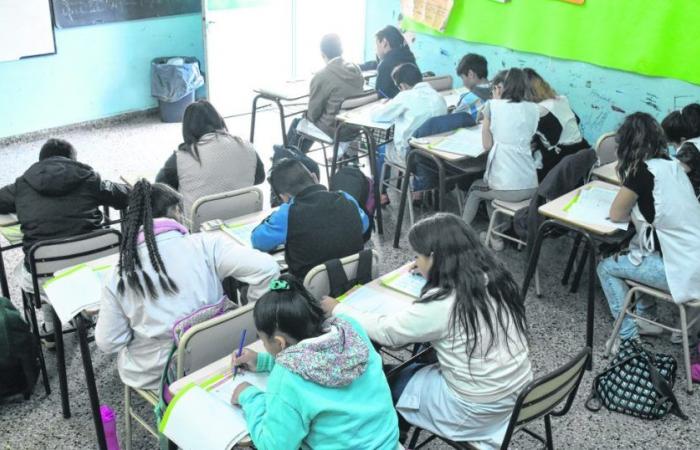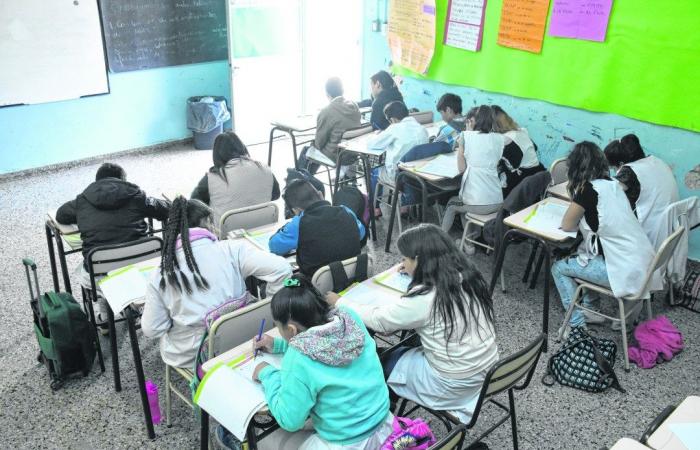Throughout the 20th century, Argentina was proud of two or three of its great achievements. The first of these (and perhaps the cause of everything else that was positive) was excellent public education. that had ensured that the entire population was not only literate but also had a good educational level. Another achievement was in social integration, which had made the middle class the majority both economically and culturally, with very few people at the extremes of poverty or extreme wealth. From the beginning of the century until the Dictatorship of 1976, the public school integrated students from all social sectors into its classrooms. That was lost half a century ago and social integration has been increasingly blurred since then.

In light of the economic changes promoted by the new government, many political scientists and sociologists are debating how Argentine society will be reconfigured once the economic and social measures promoted by Javier Milei take effect.
The debate anticipates two scenarios, neither of which is positive. One of them, the most widespread – even among economists who support these changes – is what is called “the final Latin Americanization of Argentine society.”
“Latin Americanization”
That is to say, the changes would be so profound that they would destroy the entire positive legacy built by several generations, those who have achieved excellent public education and the majority belonging to a prosperous and cultured middle class.
When we talk about “Latin Americanization” we mean “a society in which the majority has a very low quality education and miserable incomes.” The political warfare of the last 20 years has led us to use data taken at random, without context and without understanding of what it really means, to characterize the political enemy. When we talk about “poverty” in Argentina, for example, sociologists and the measurements made by INDEC refer to the sectors that cannot buy a fairly nutritious basic basket, which represents minimum middle-class consumption. Those who do not access that basket (even if they are very little below it) are considered poor.
If we measure all Latin Americans by the same criteria, almost all countries would be much poorer than they appear in the World Bank statistics. Why? Because the way everyone else measures poverty is different and many people who can barely manage to eat are already seen as not being poor (even though they lack almost everything else).
If we use the poverty criterion of international organizations (the population that lives with less than 5.5 dollars at purchasing power parity (that is, the amount of currency of each country to buy a basket of equivalent products), Argentina would only have 12% poor, Brazil would double us and only Chile and Uruguay in all of Latin America would be somewhat better off than us.
Faced
Now, yes, we would seriously Latin Americanize ourselves: Poverty would spread so much that it would cover percentages similar to those of Peru or Colombia, countries that have an immense majority of poor people and a small middle class and a tiny class of very rich people. That is the division towards which we would go with the economic policy of this government according to the majority of sociologists.
Some think that Argentine society is more divided between two social classes (20% of non-poor and 80% of poor) It will split into two halves that hate each other without even being able to speak to each other, American style. That is to say, the division would not be so much economic and social, as in the majority of Latin America, but cultural and ideological as in the United States.
Finally, there are also analysts who think that both divisions can be carried out in our near future: to be divided in the Latin American style, with many poor people and few middle class people, and at the same time also divided in the North American style, with half the country hating the other half of the country, either because they consider them “lefties and Kirchnerists” or “far-right libertarians and conservatives.”
That is, of the three negative alternatives that seem to await us in the future, the third is the most negative, since we would be increasingly poorer and, at the same time, more stupid and dominated because we could not find a better optionsince we would spend all our strength hating the other half who thinks differently.
Be that as it may, there are no optimistic forecasts among those who analyze the future of Argentine society.




